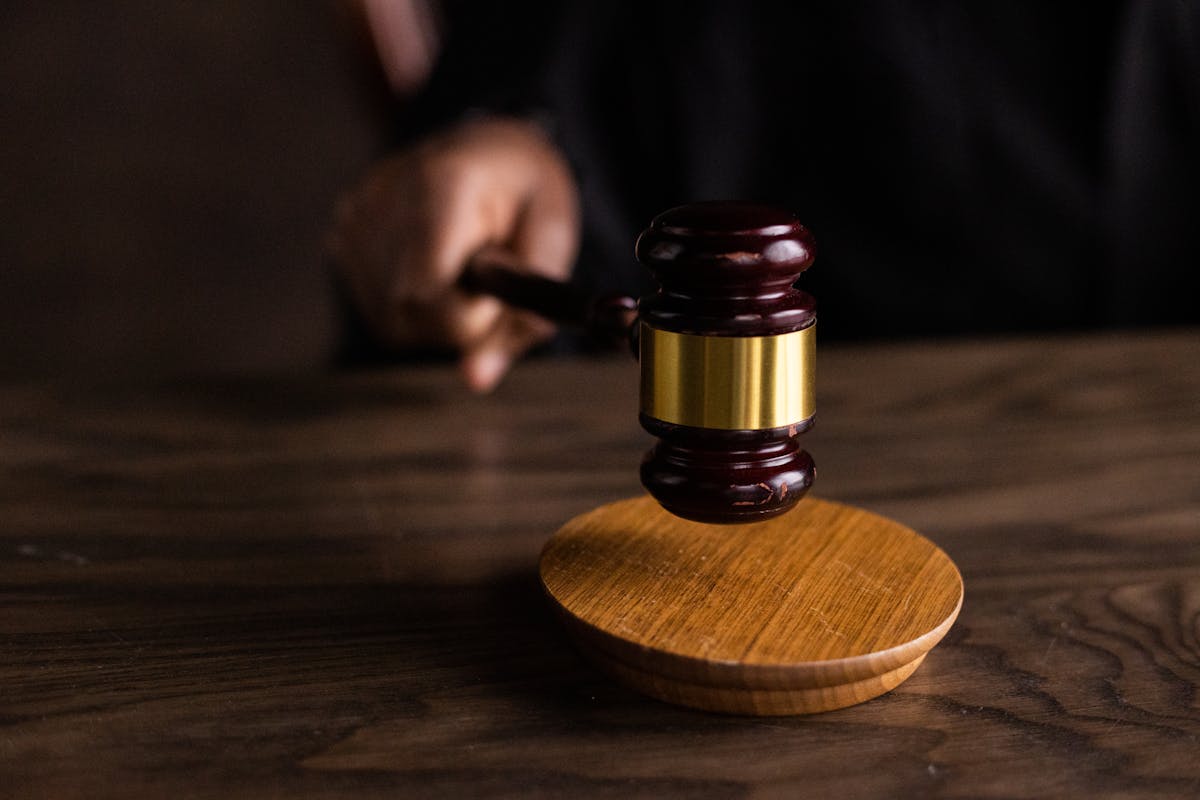Survivors of sexual abuse or trafficking are not only the victims of their perpetrators. They are often betrayed by the institutions that should have protected them. Schools, churches, employers, youth organizations, or other entities often fail to act, ignore warning signs, and even cover up wrongdoing, and holding those institutions accountable through the legal system can be an important step toward healing, justice, and lasting change.
At Stronger Than, we know that deciding to pursue legal action is not easy. Survivors may feel conflicted, overwhelmed, or even fearful of revisiting their trauma in a courtroom setting. This guide is designed to help you understand what the process looks like, what rights you may have, and what support is available as you move forward.
Understanding Civil Lawsuits Against Institutions
Civil lawsuits are not about sending someone to prison. That is the role of the criminal justice system. Instead, civil cases focus on holding institutions financially and legally responsible for the harm they caused or allowed.
In cases of sexual abuse or trafficking, survivors often sue institutions for:
- Negligence: failing to take reasonable steps to prevent abuse.
- Supervisory failures: ignoring warning signs or failing to monitor employees, volunteers, or members.
- Failure to report: not following mandatory reporting laws when abuse was suspected.
- Cover-ups: actively hiding misconduct to protect the institution’s reputation.
The outcome of a successful civil case is often financial compensation (called damages) that can help pay for therapy, medical expenses, lost wages, and other costs related to the abuse. Just as importantly, these cases shine a light on institutional failures and may protect others from experiencing similar harm.
Step 1: Deciding to Pursue Legal Action
The first step is deeply personal. Survivors may wonder: Do I have the strength? Do I have a case? Will anyone believe me? These questions are normal.
It’s important to remember that first, you are not alone. Many survivors have chosen this path and found healing in reclaiming their power. Secondly, the choice is always yours. Whether to sue, when to sue, and how to proceed are decisions you control. Finally, know that support is available. At Stronger Than, we can connect you to trauma-informed sexual assault lawyers who understand the sensitivity of these cases.
Step 2: Initial Consultation with a Lawyer
Most lawyers who handle sexual abuse cases offer free consultations. During this conversation, you can expect to:
- Share an overview of your experience in a safe, confidential setting.
- Learn about your legal options and whether your case may be strong.
- Ask questions about the process, costs, and timeline.
You are not committing to anything by having a consultation. It’s simply an opportunity to understand your rights and explore whether legal action feels right for you.
Step 3: Investigating and Building the Case
If you decide to move forward, your legal team will begin an investigation. This may include:
- Reviewing documents, such as school records, personnel files, or past complaints.
- Interviewing witnesses who may have seen or known about the abuse.
- Consulting experts in trauma, psychology, or institutional policy.
- Gathering evidence to show how the institution failed to protect you.
This stage may feel slow, but it’s important. Building a strong case ensures your story is supported by evidence and increases the chance of a favorable outcome.
Step 4: Filing the Lawsuit
Once enough evidence has been gathered, your lawyer will file a formal complaint in court. This document explains:
- Who you are suing (the institution or multiple institutions).
- What wrongdoing occurred.
- How the abuse harmed you.
- What damages you are seeking.
After filing, the institution will be formally notified and must respond.
Step 5: The Discovery Process
The discovery stage allows both sides to exchange evidence and information. It can include:
- Depositions: sworn testimony given outside of court.
- Document requests: requiring the institution to turn over records, policies, or internal communications.
- Interrogatories: written questions each side must answer under oath.
This stage can feel invasive, but it is also where many institutional failures come to light. Survivors often find validation in seeing how systemic neglect or cover-ups are revealed through discovery.
Step 6: Settlement Negotiations
Many cases are resolved through settlement before ever reaching trial. In a settlement, the institution agrees to pay compensation in exchange for ending the lawsuit.
Benefits of settlement include:
- Faster resolution.
- Less emotional strain than going to trial.
- Guaranteed financial recovery.
Your lawyer will advise you, but ultimately, you decide whether to accept or reject a settlement offer.
Step 7: Going to Trial
If settlement is not reached, the case goes to trial. This is the stage most people think of when they imagine a lawsuit. At trial:
- Your legal team presents your case to a judge or jury.
- The institution’s lawyers presented their defense.
- Witnesses and experts may testify.
Trials can be emotionally challenging, but they also provide an opportunity for your story to be heard publicly. Many survivors find empowerment in this step, though it is not easy.
Step 8: Compensation and Resolution
If you win your case—or accept a settlement—you may receive compensation for:
- Therapy and medical bills.
- Lost wages or diminished earning capacity.
- Emotional pain and suffering.
- Punitive damages (extra financial penalties for institutions that acted egregiously).
While no amount of money can erase what happened, these funds can provide stability and resources for healing. More importantly, a successful case holds the institution accountable and may help protect others in the future.
Important Considerations
- Statute of limitations: each state sets deadlines for filing civil lawsuits. Some states have extended or reopened filing windows for survivors of sexual abuse. A lawyer can explain your specific rights.
- Confidentiality: survivors often fear their identity will be made public. In many cases, lawyers can request anonymity or protect certain records.
Walking This Path with Support
At Stronger Than, we are here to walk alongside survivors and their loved ones. We connect people with trauma-informed legal professionals, mental health support, and survivor-centered resources so they don’t have to face the process alone.
If you are considering legal action, know this: the path is yours to choose, and support is available every step of the way.


